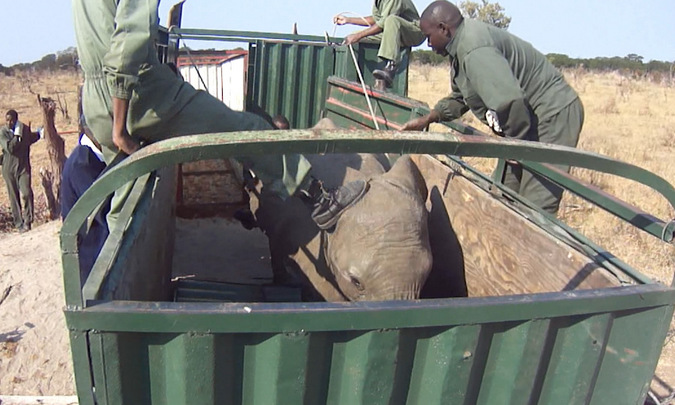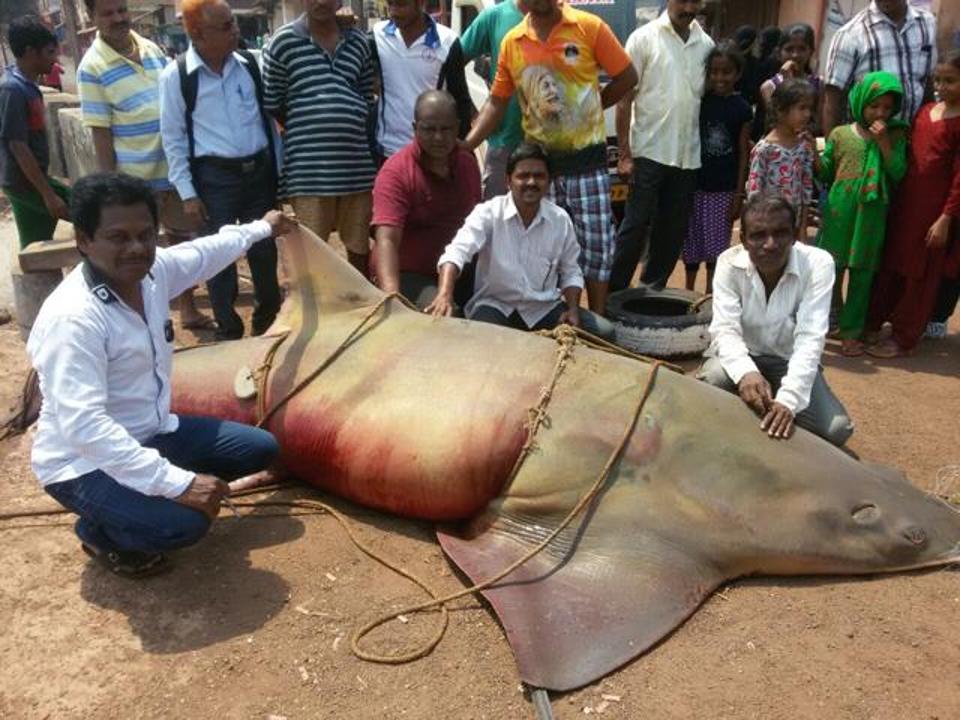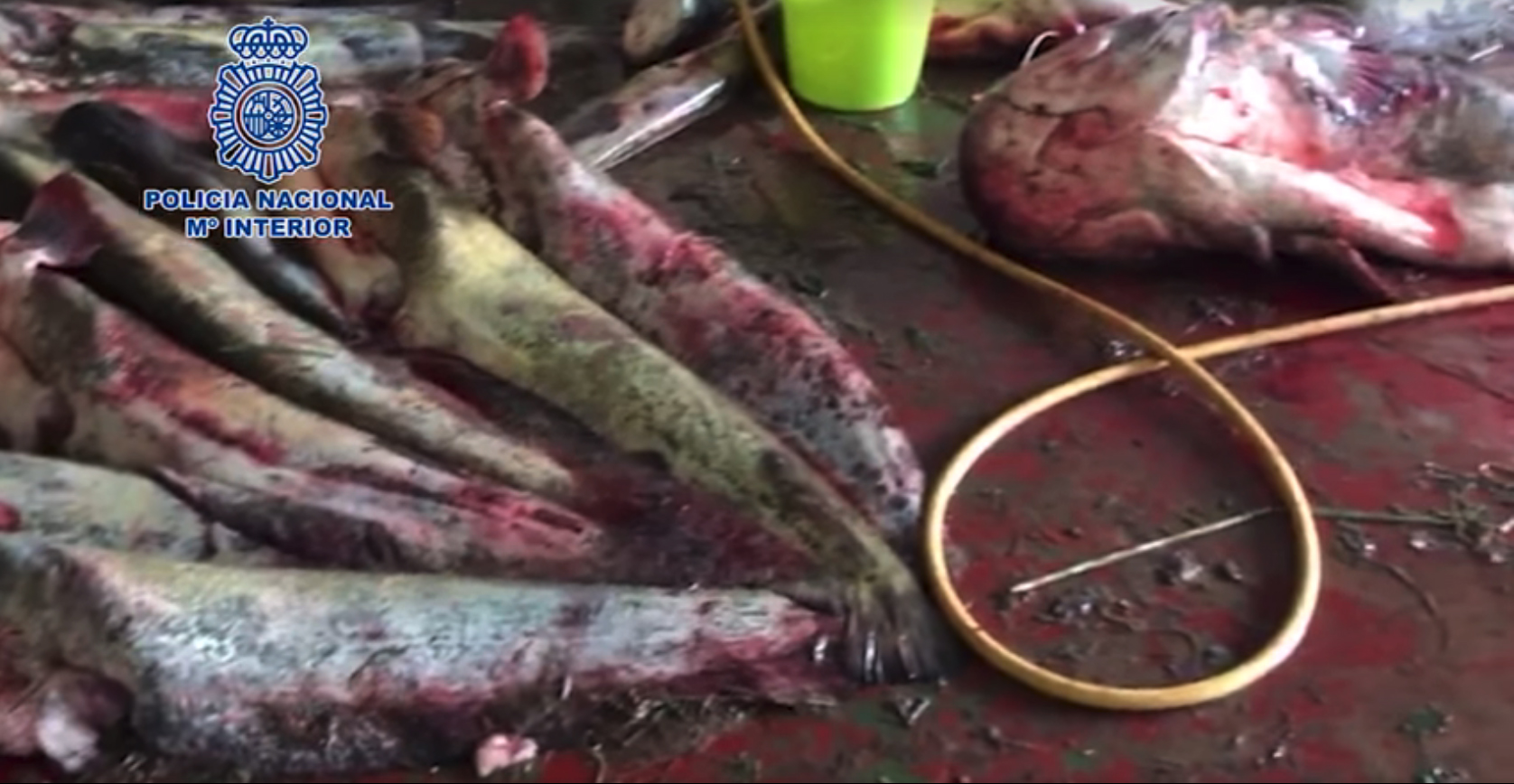Peera Ram Bishnoi is a mechanic who earns his livelihood working at his small puncture repair shop near National Highway-65 in India. But there’s something extraordinary about the story of this ordinary man.
In the last decade, he has saved over 1,180 injured and distressed wildlife!
When I ask him what keeps him going, he reiterates the words of slain Amrita Devi Bishnoi that every Bishnoi child is asked to memorise from the time they start to speak.
(If a tree is saved even at the cost of one’s head, it is worth it.)
Amrita Devi had yelled at the kingsmen of Marwar in 1730, as she and her three daughters (Asu, Ratni, and Bhagu) and 300 other Bishnois were beheaded, while they clung to the Khejri trees to prevent their felling.
“‘Jeev Daya Palani’–Be compassionate to all living beings and ‘Runkh Lila Nahi Ghave’–Do not cut green trees–these were philosophies that I was not only taught as a Bishnoi child but also encouraged to live.”
Peera Ram was born to marginal farmers in a border village of Western Rajasthan, with Gujarat on one side and Pakistan on the other.
As a child, when he toiled with his parents on the farm, he often saw peacocks, rabbits, deer, and other wildlife enter their fields from the forest areas. They would run around the fields, devour the crops and sometimes just rest there with careless abandon.
Amrita Devi had yelled at the kingsmen of Marwar in 1730, as she and her three daughters (Asu, Ratni, and Bhagu) and 300 other Bishnois were beheaded, while they clung to the Khejri trees to prevent their felling.
“‘Jeev Daya Palani’–Be compassionate to all living beings and ‘Runkh Lila Nahi Ghave’–Do not cut green trees–these were philosophies that I was not only taught as a Bishnoi child but also encouraged to live.”
Peera Ram was born to marginal farmers in a border village of Western Rajasthan, with Gujarat on one side and Pakistan on the other.
As a child, when he toiled with his parents on the farm, he often saw peacocks, rabbits, deer, and other wildlife enter their fields from the forest areas. They would run around the fields, devour the crops and sometimes just rest there with careless abandon.
“I remember asking my parents, ‘These wildlife species are damaging our crops, why do we let them? Can’t we drive them away?’ And my father had said, ‘It isn’t the wildlife that causes damage to humans, it is the other way around.
The existence of the entire universe is dependent upon the Pancha Maha-Bhoota, (five great elements)–earth, sky, wind, fire, and water. And every living being that co-exists with us, has to be protected. If they dwindle into extinction, how will humans survive?’”
Peera Ram
Through a decade of experience, Peera Ram rescued rare species like the Chinkara, Blackbuck, Hanuman Langur, Indian Hare, Migratory Demoiselle Crane, Common Crane, Small Indian Civet, Peacock, and Desert Fox among others.
“When I would run my tire puncture shop close to the highway, several drivers would tell me how wildlife crossing the road would often be run over or killed by speeding motorists, four-wheelers, and heavy-duty vehicles.
A 300-km radius around my shop which was close to the forest area had no guards or authorities to keep a check. But back then, I often felt helpless. How could one man stop it?”
But the Bishnoi blood in his veins was running strong.
It was a regular day when Peera Ram was travelling from his home towards the highway when a speeding motorist ran over a chinkara.
“The chinkara was severely hurt and dragged itself across the road before collapsing. I saw it gasp for breath, cry in pain for help. My heart shivered. I ran to the spot, picked the distressed animal in my lap, hailed a vehicle and took it to the veterinary hospital.”
He paid for the treatment from his own pocket, and when the hospital asked him to take the treated animal to a shelter, he decided to take it home.
For the next five years, the work continued, where he took all kinds of distressed animals and birds home, nursed them back to health with home remedies. His family, animal lovers themselves, extended their complete support to him.
While he couldn’t register for an NGO independently, he set up the ‘Shri Jambheswar Paryavaran evam Jeev Raksha Pardes Sanstha’ on June 5, 2012 (World Environment Day), along with four different activists.
His work inspired people around his village of Dhamana and neighbouring villages to bring him any casualties. But it also drew ire from hunters, poachers, and trophy hunters. Some of whom complained to the forest authorities that he was keeping wildlife within the confines of his home against the law and not taking good care of them.
“The forest authorities and the police arrived at my home with their team with the intention of arresting me, but when they met me and looked at the love with which my family and I took care of the animals, they congratulated me.
I showed them my membership as part of the larger organisation conserving wildlife, and they decided to help me. They helped us acquire government land. While we did not get any financial help from the government, we set up a small centre to treat distressed wildlife. My opposers were either unsatisfied by the work or wanted to sabotage it.”
Peera Ram
The forest department ensured that he was given guards to patrol the sensitive area regularly.
But that was not all.
He also faced a few threats on his life. Was he scared, I ask him.
“If I watch someone shoot wildlife, I’d rather die protecting it than watch that brutal massacre. I will not bow down to these hunters and poachers. We have a legacy of sacrificing our lives to defend trees and animals.
These species are more precious than our own lives. Recently, about 365 km away, one of our activists was shot by a few Rajputs while trying to protect an injured deer. Despite the attempt on his life, he managed to save the deer and get one of the hunters caught as the other two escaped.”
Whether it was 25-year-old Bhinya Ram Bishnoi who chased poachers to save blackbucks or 38-year-old Gangaram who was killed while saving deer, hundreds of Bishnois have been martyred for the cause of protecting the environment and the wildlife, says Peera Ram.
When they began a 50×50 ft shelter, Peera Ram put in his own money to the construction, facilities, medicines, and food for the animals. But it is the goodwill of his well-wishers that has helped the shelter in its functioning over the years. They have donated fodder, medicines and water tankers, among other things.
The shelter, which is a lush farm, is now spread across 2.5 hectares, where 450 animals are cared for. It requires Rs 1 lakh every month. And his group has 2,000 people.
“When an injured animal is brought in, it is very difficult for them to recover fully. We try our best. Our survival rates at 45 per cent are higher than the veterinary hospitals, which are as low as 11 per cent.
Sometimes with fractures in the neck, limbs do not heal completely, rendering them dependent on lifelong care. But finding their own species or families in the shelter help many of them heal faster.”
I ask him about the difference in the care at his shelter and a veterinary hospital.
He answers, “In government veterinary hospitals, people work in shifts and for salaries. Our work, however, is ruled by emotions, is straight from the heart and round-the-clock. Many times, wildlife do not get follow-up treatments in hospitals, but here, we keep a strict check on their progress.”
Peera Ram was recently bestowed the Earth Heroes Award by the Royal Bank of Scotland Foundation at the eighth edition of the award.
Speaking to The Better India about the award, N Sunil Kumar, Head of RBS Foundation, says, “Peera Ramji is an example of how an individual has brought his passion to an extent where he is not only putting in a significant amount of time and resources but has also managed to build a community around it.
Conservation and compassion are two different things. And Peera Ramji’s work is taking compassion to an institutional level.”
“If a farmer’s son can rescue over a thousand wildlife, imagine the work we could do together if we all join hands. Devote your time and energy.
At several times, rescuers working on the ground don’t have the financial backing to sustain their work. If privileged people back them up financially to make a replicable model, we could make the world a more compassionate place,” Peera Ram signs off.
If this story inspired you, get in touch with Peera Ram on peeraram5113 [at] gmail.com
Credits: The Better India
More About India






